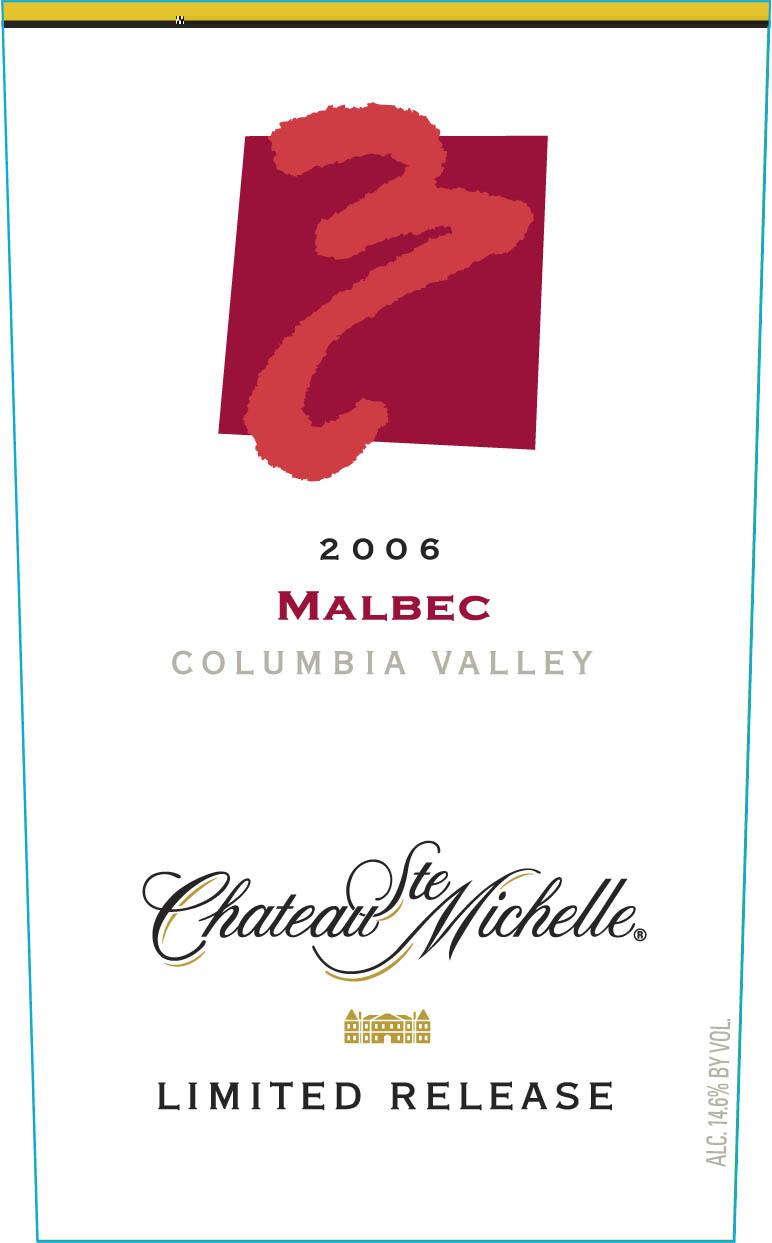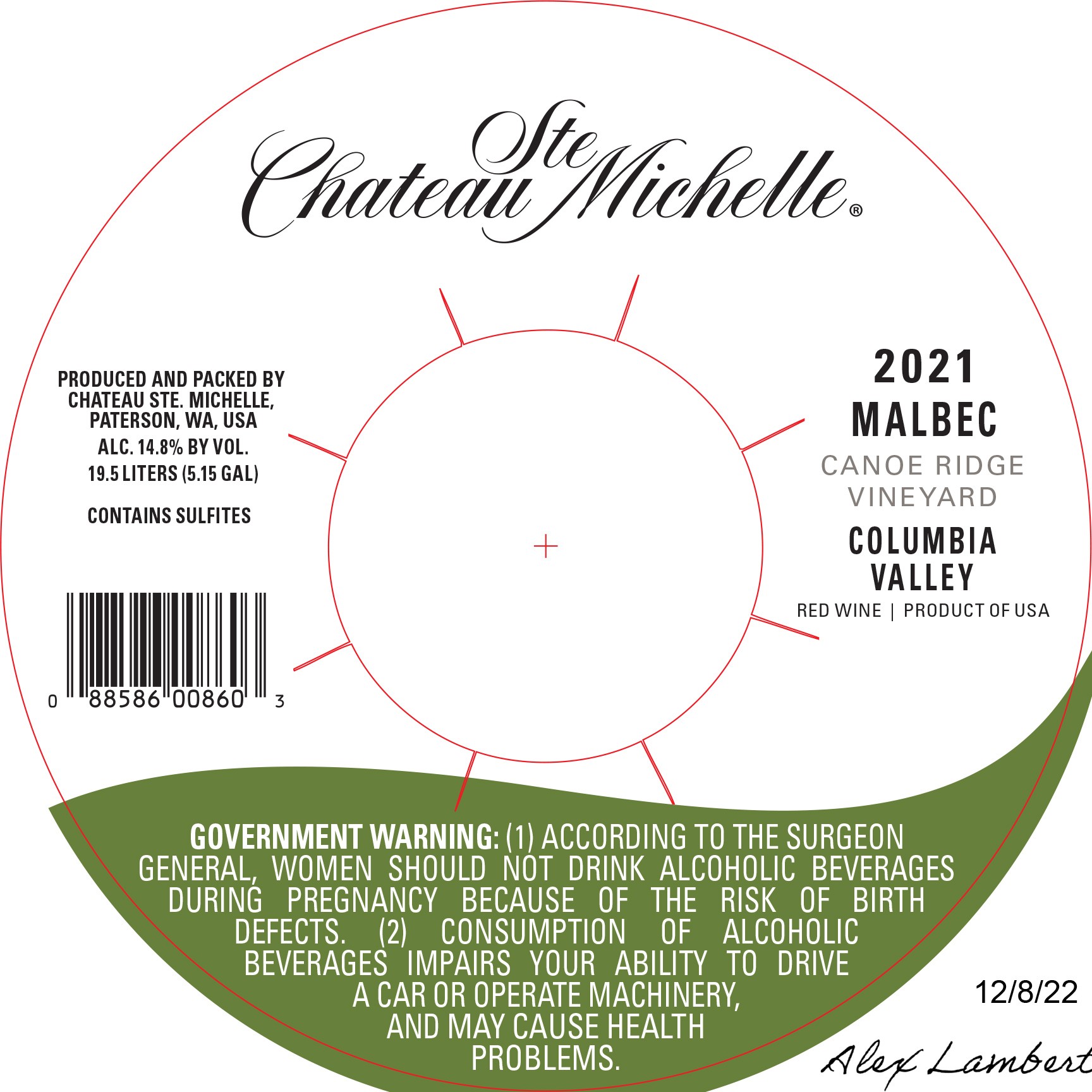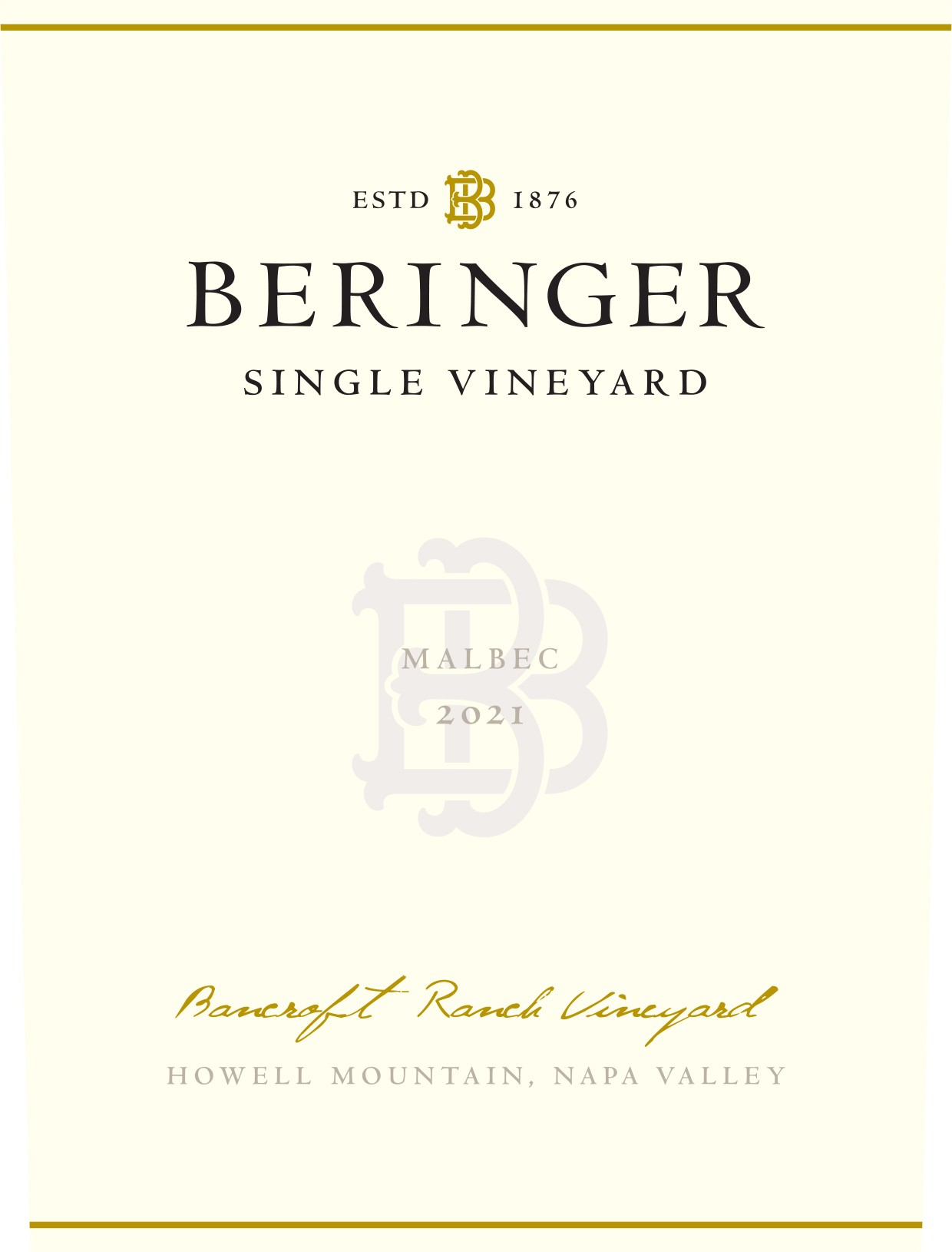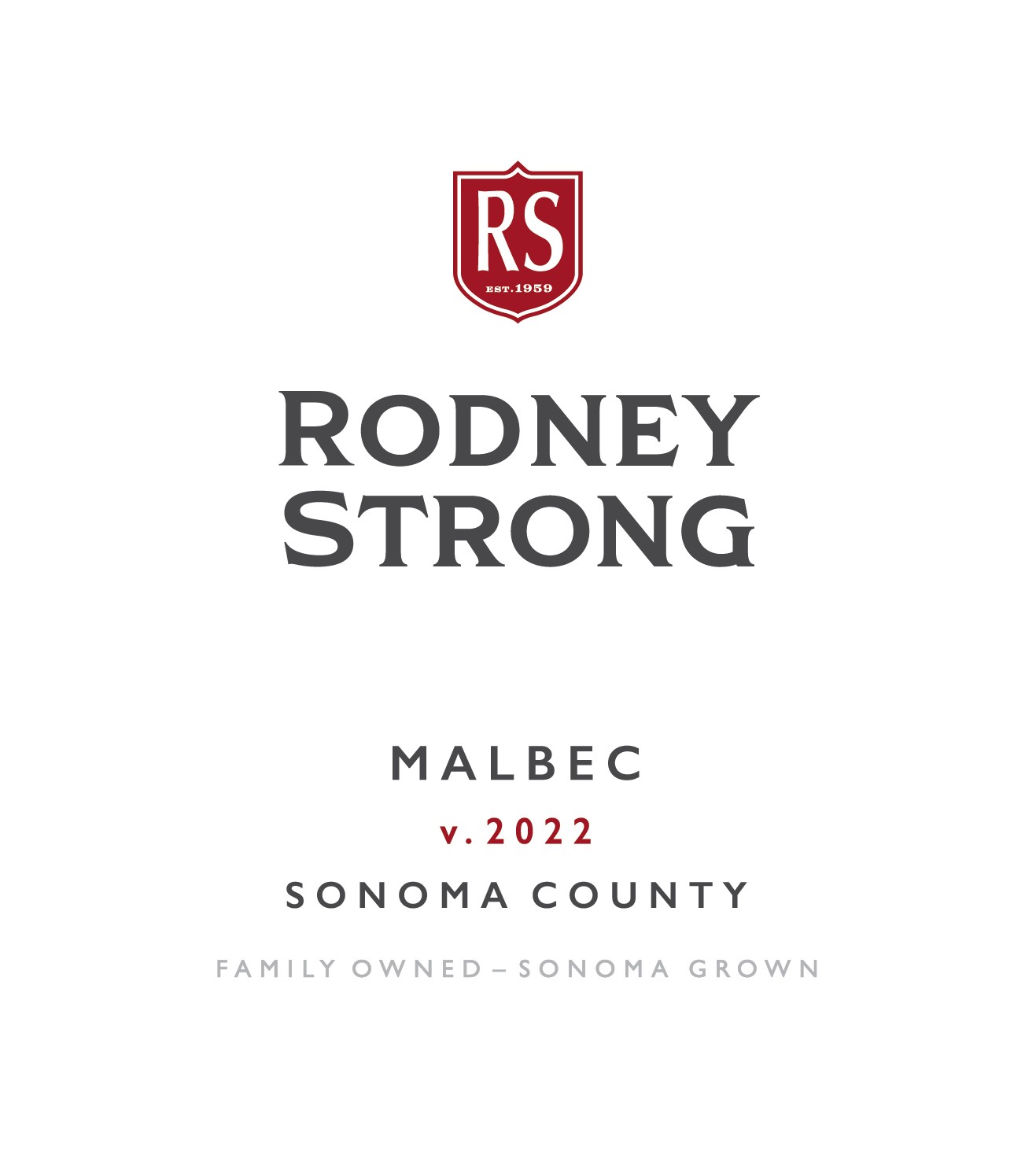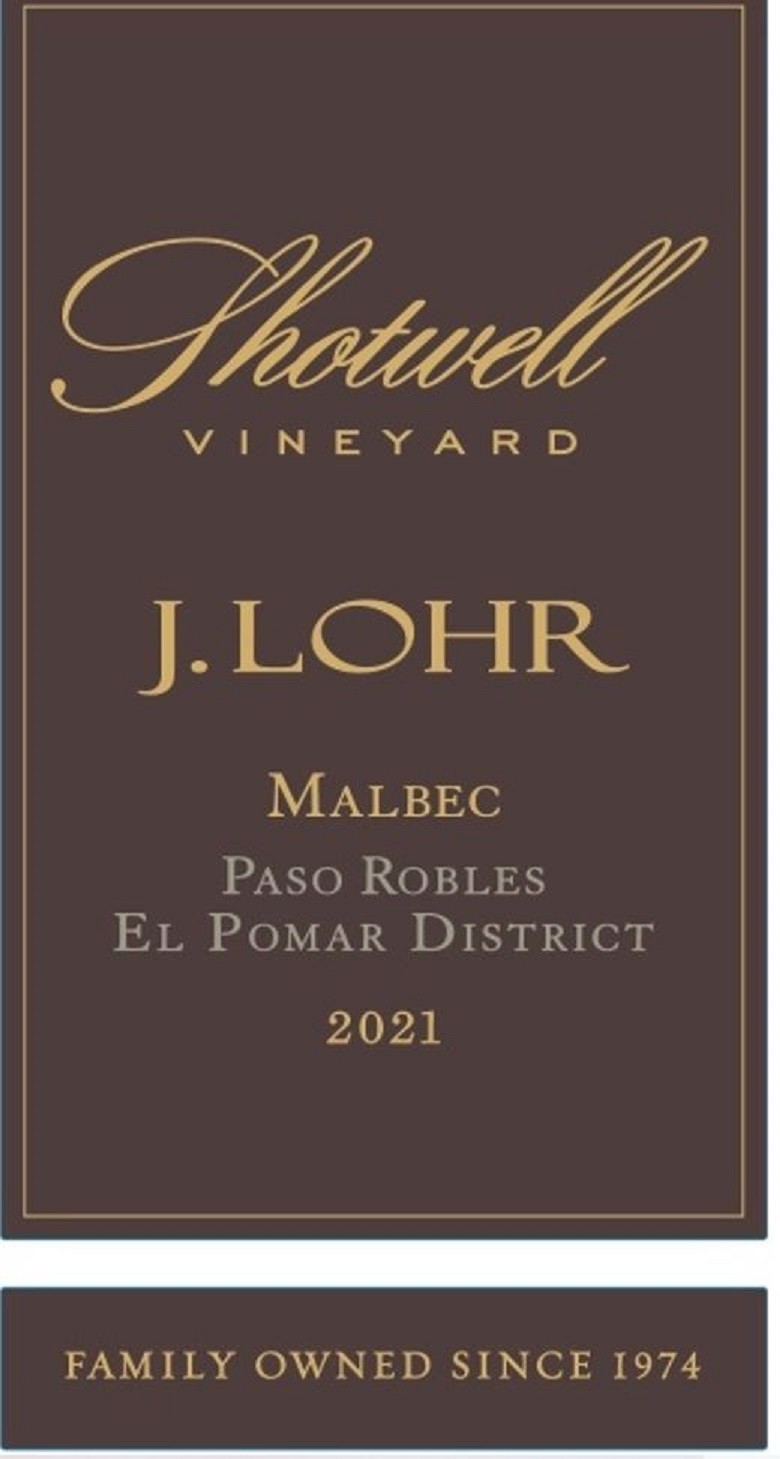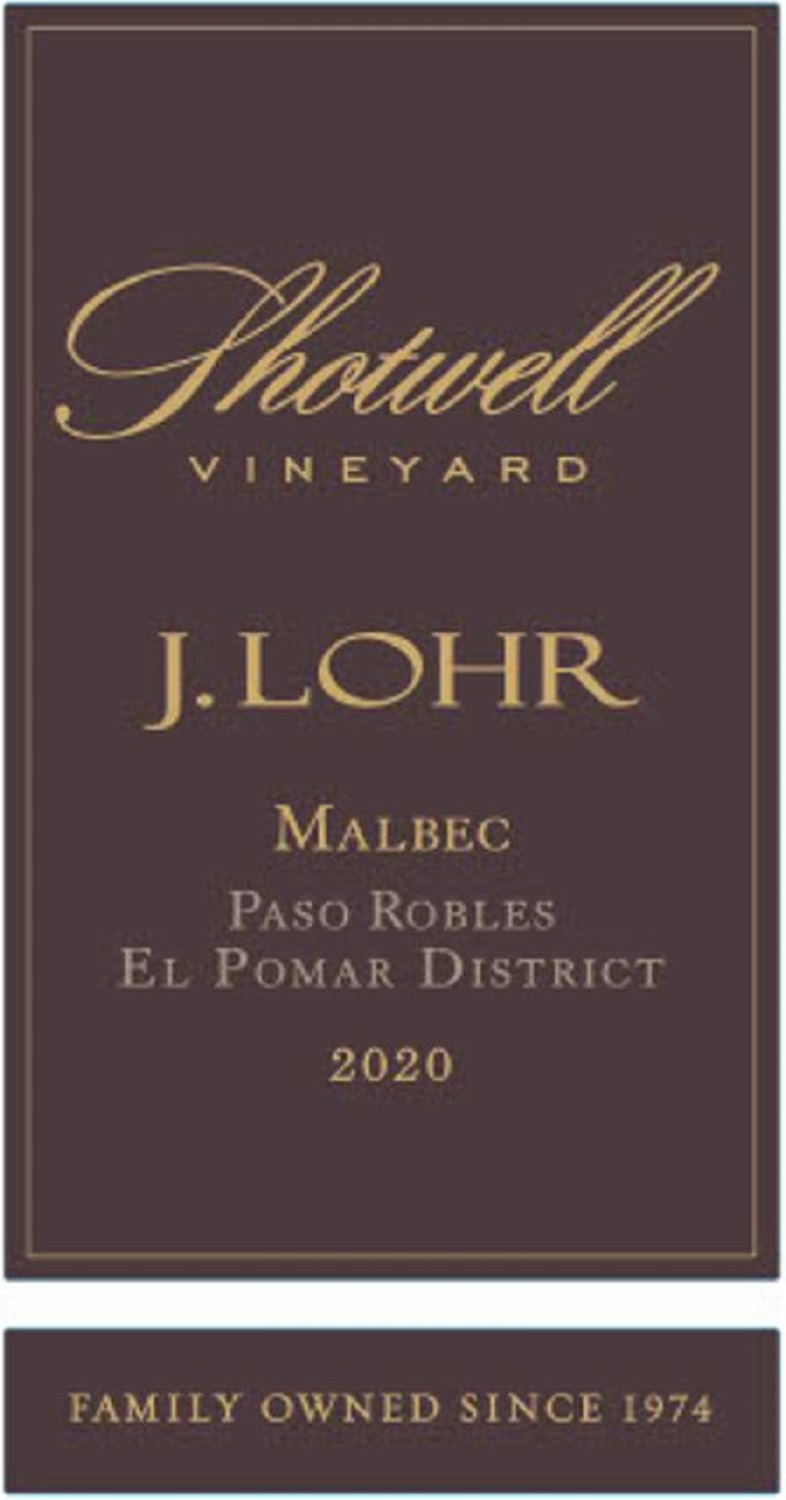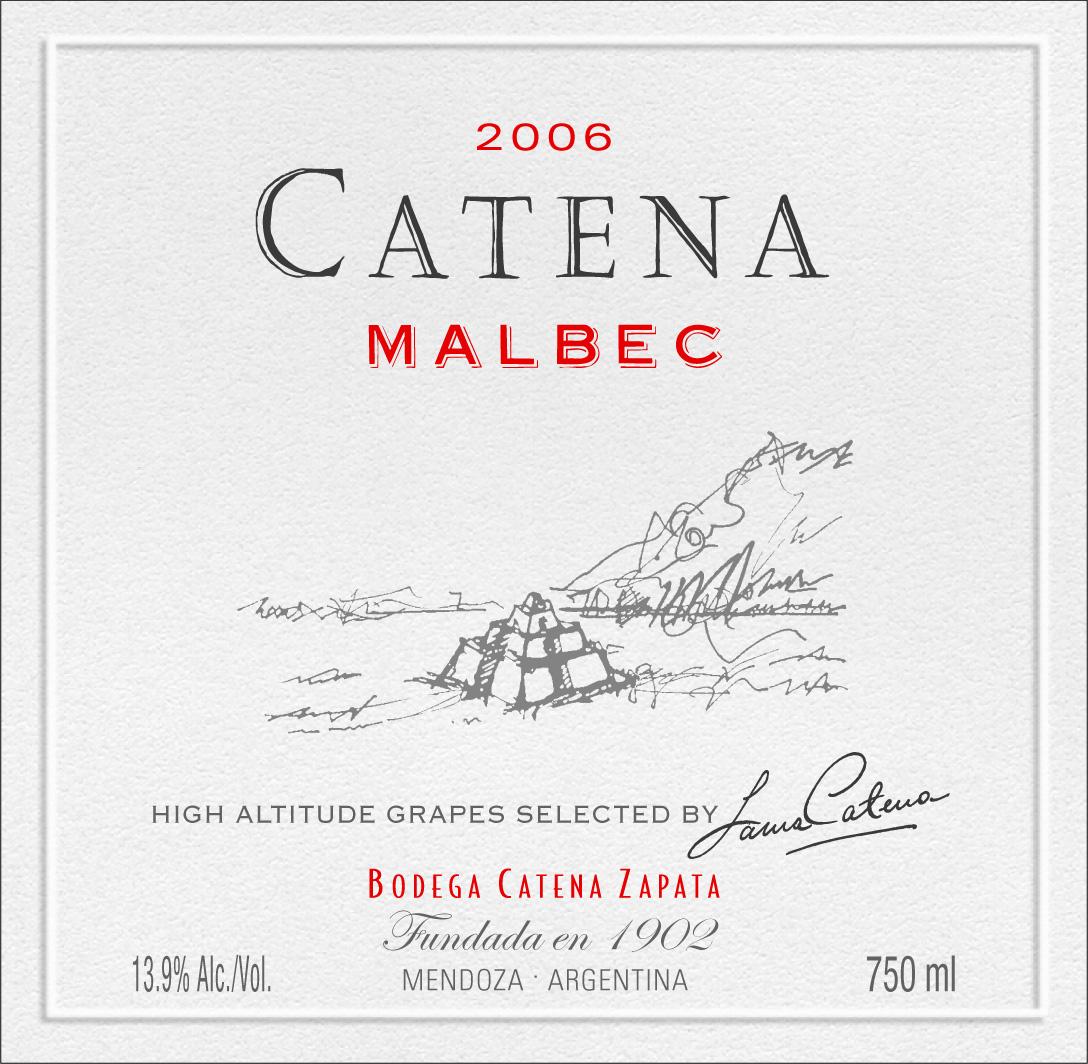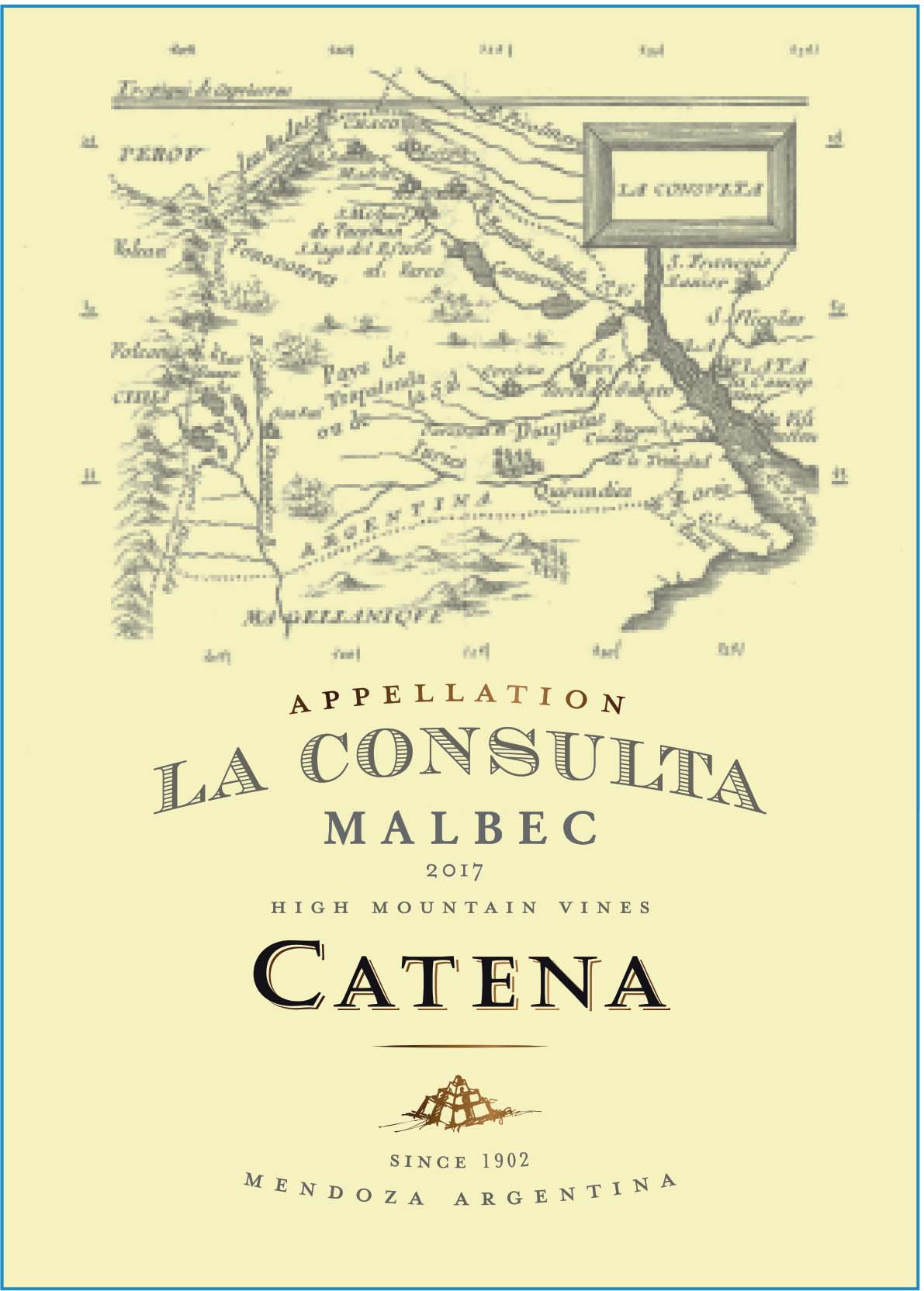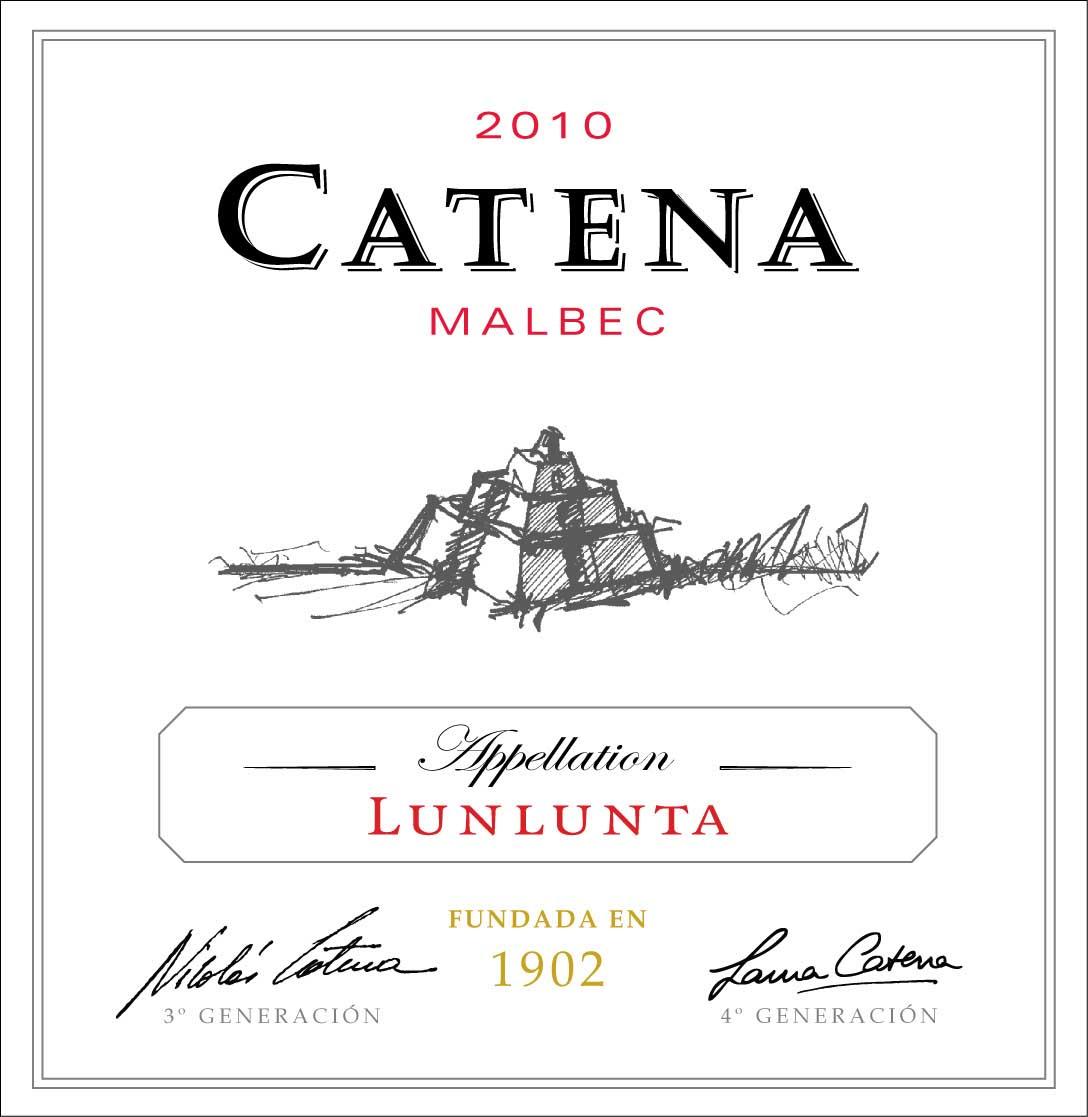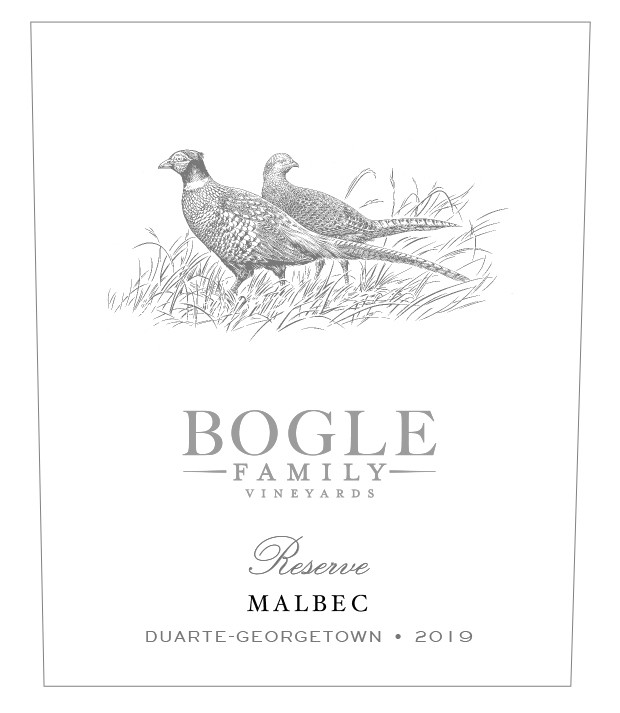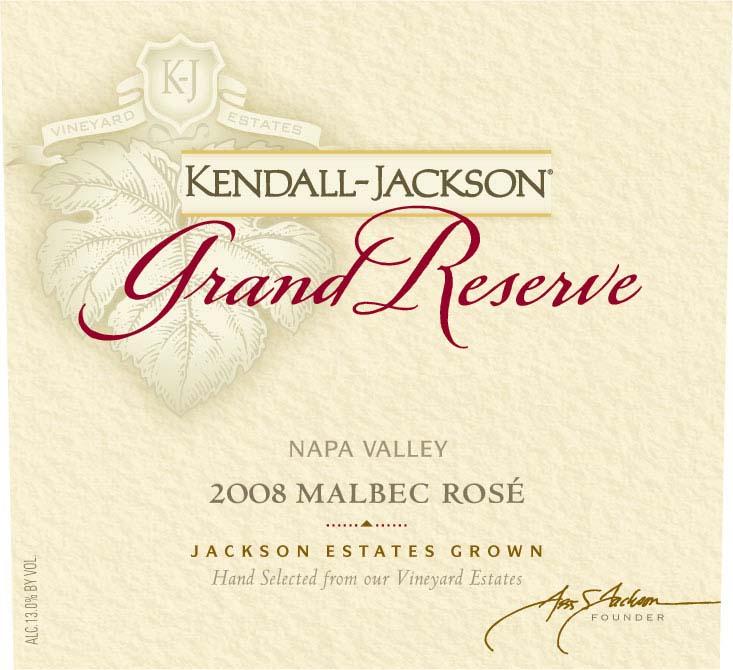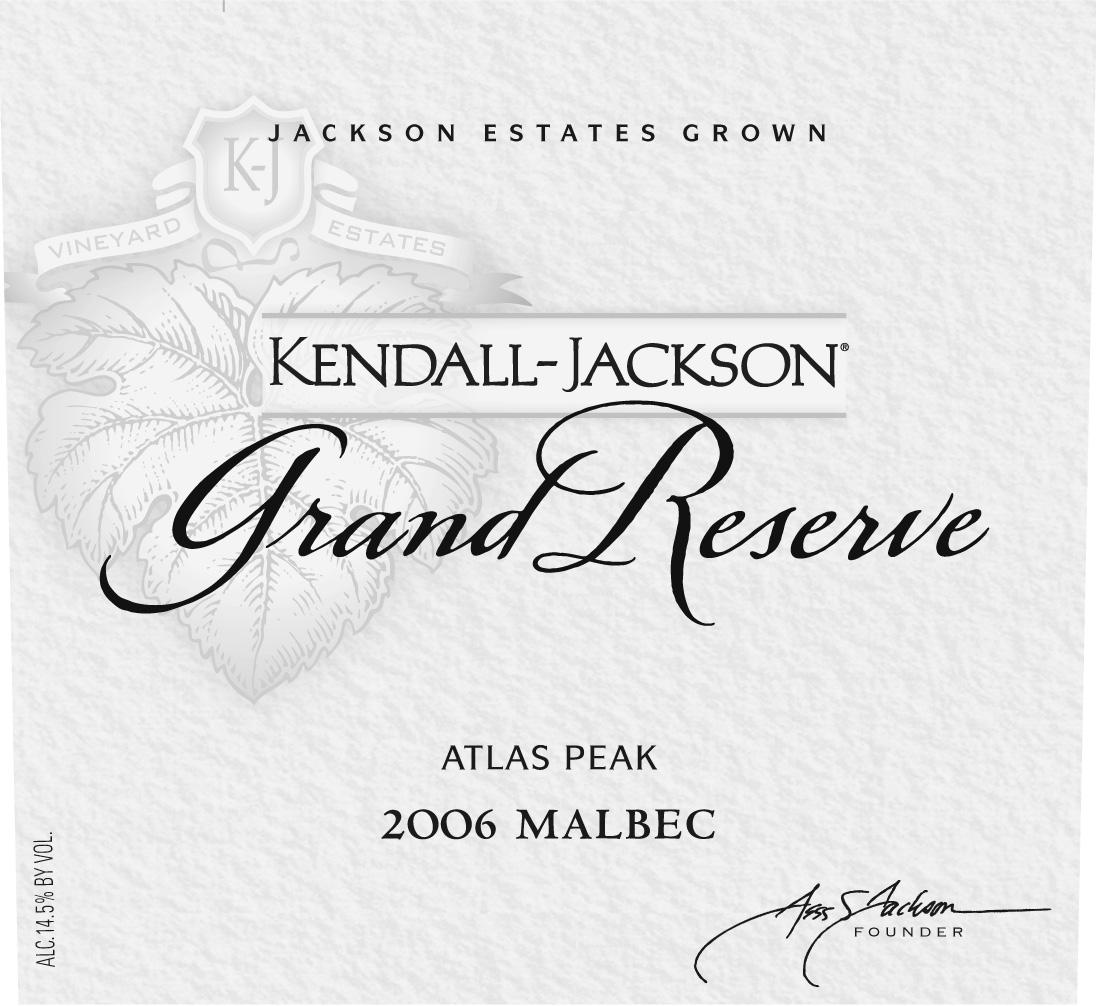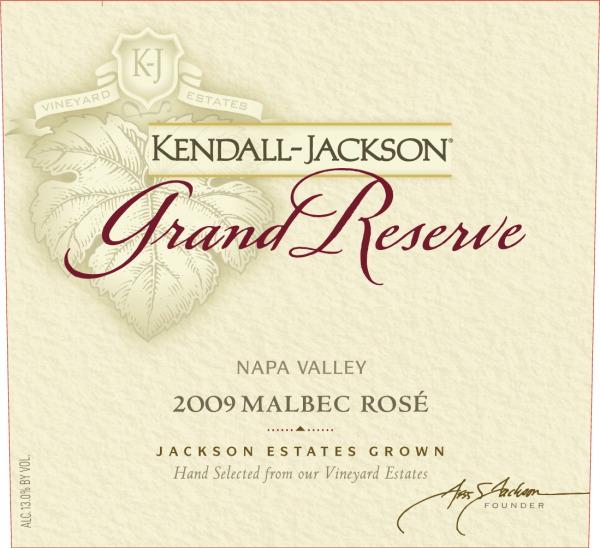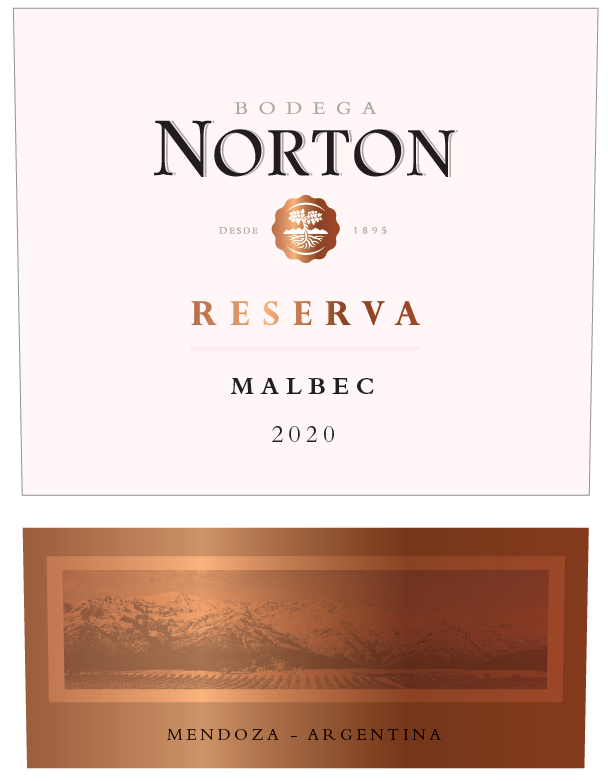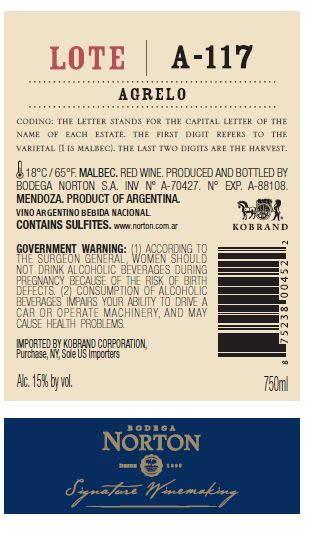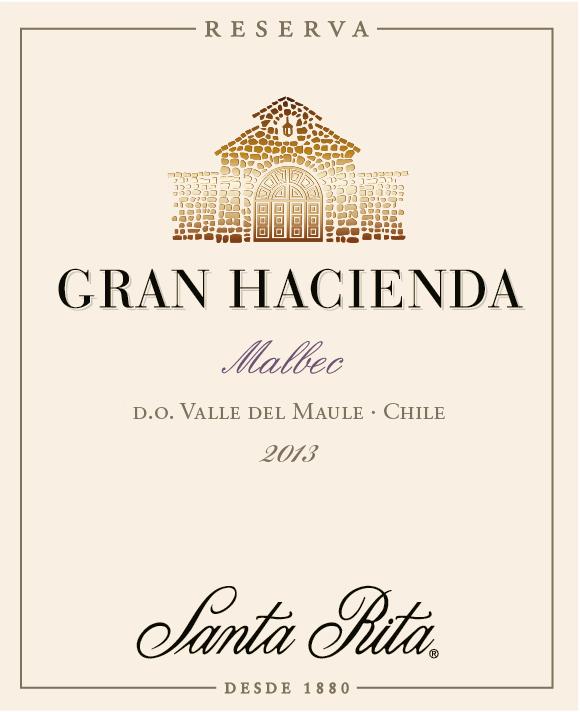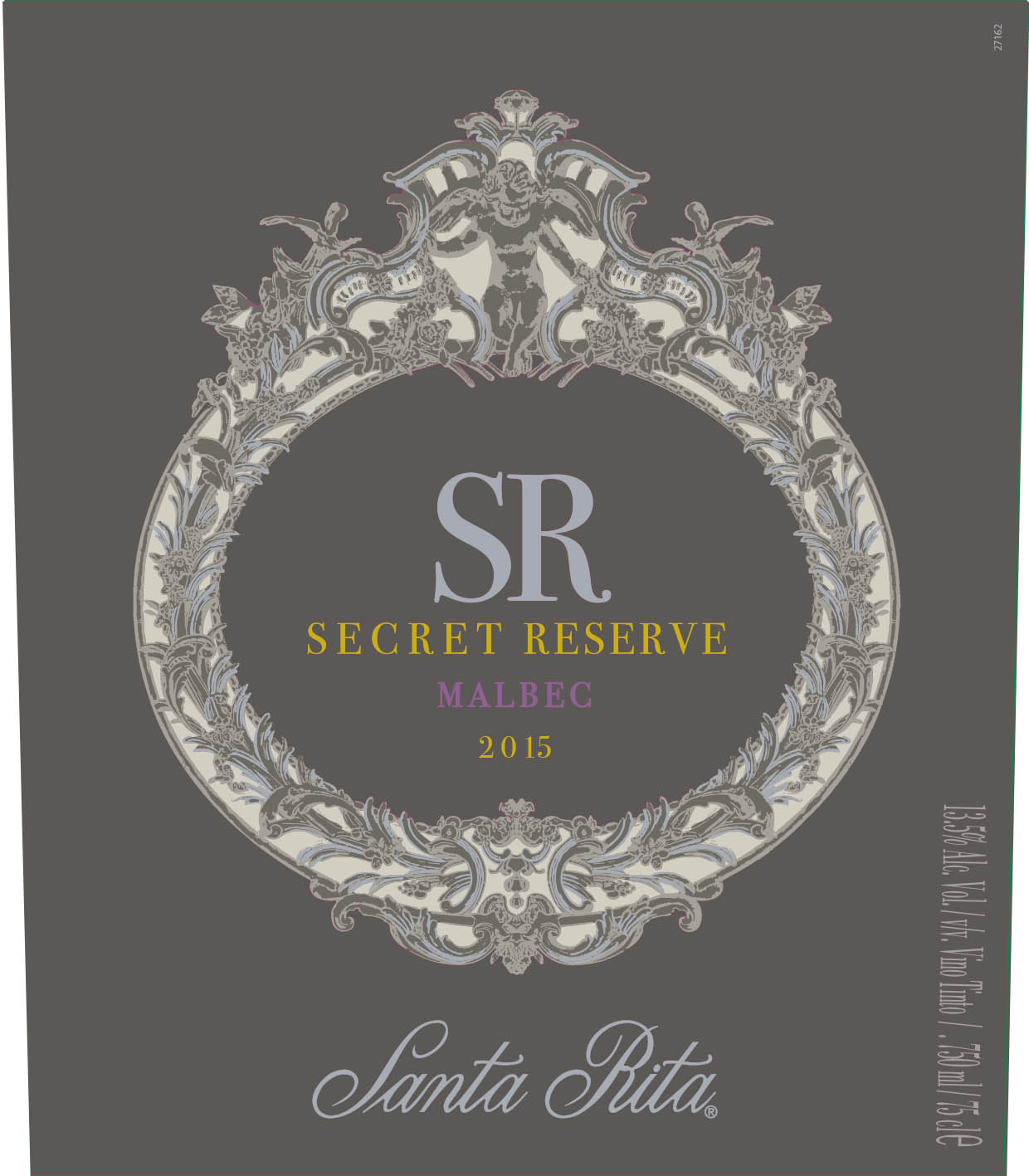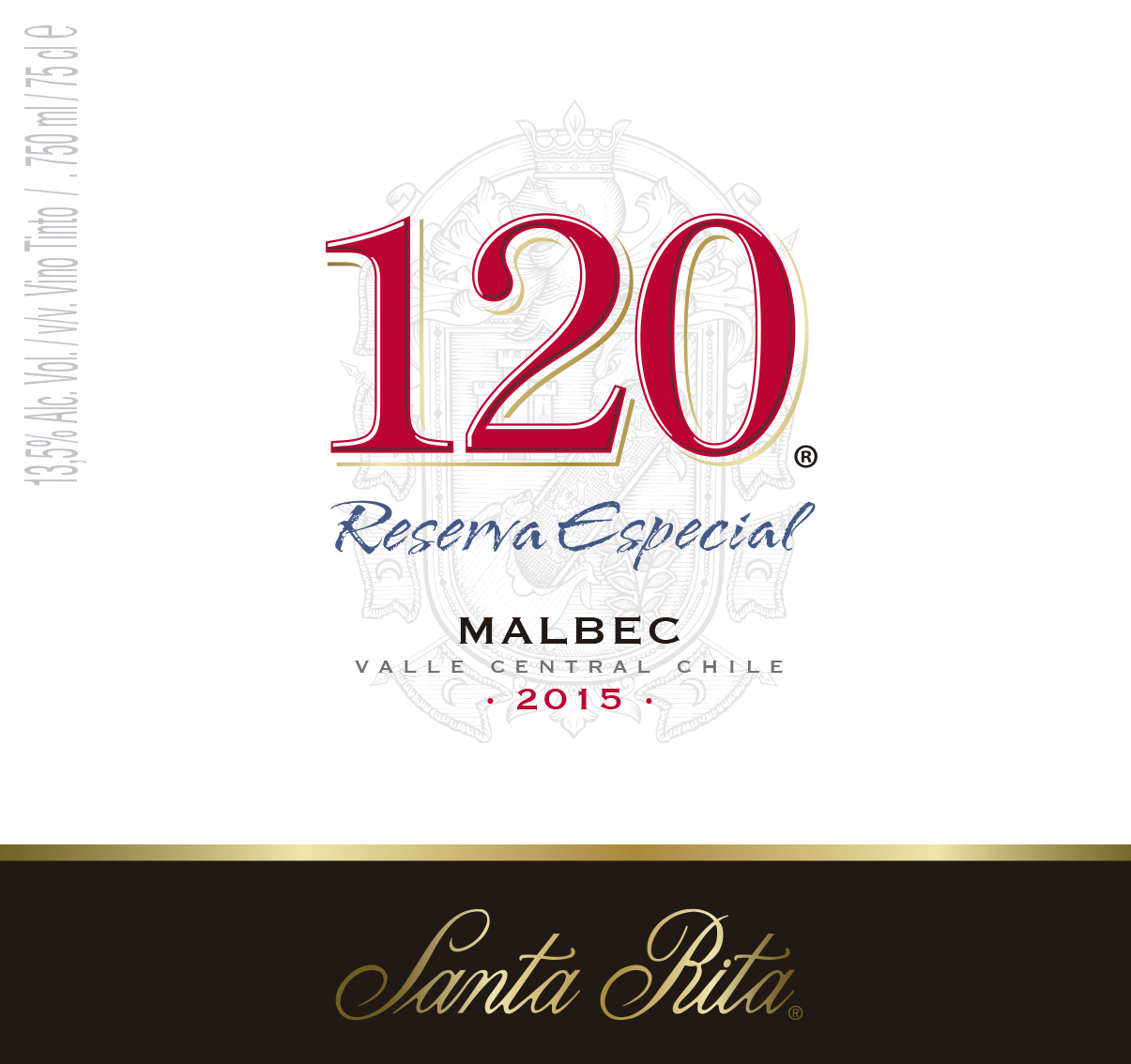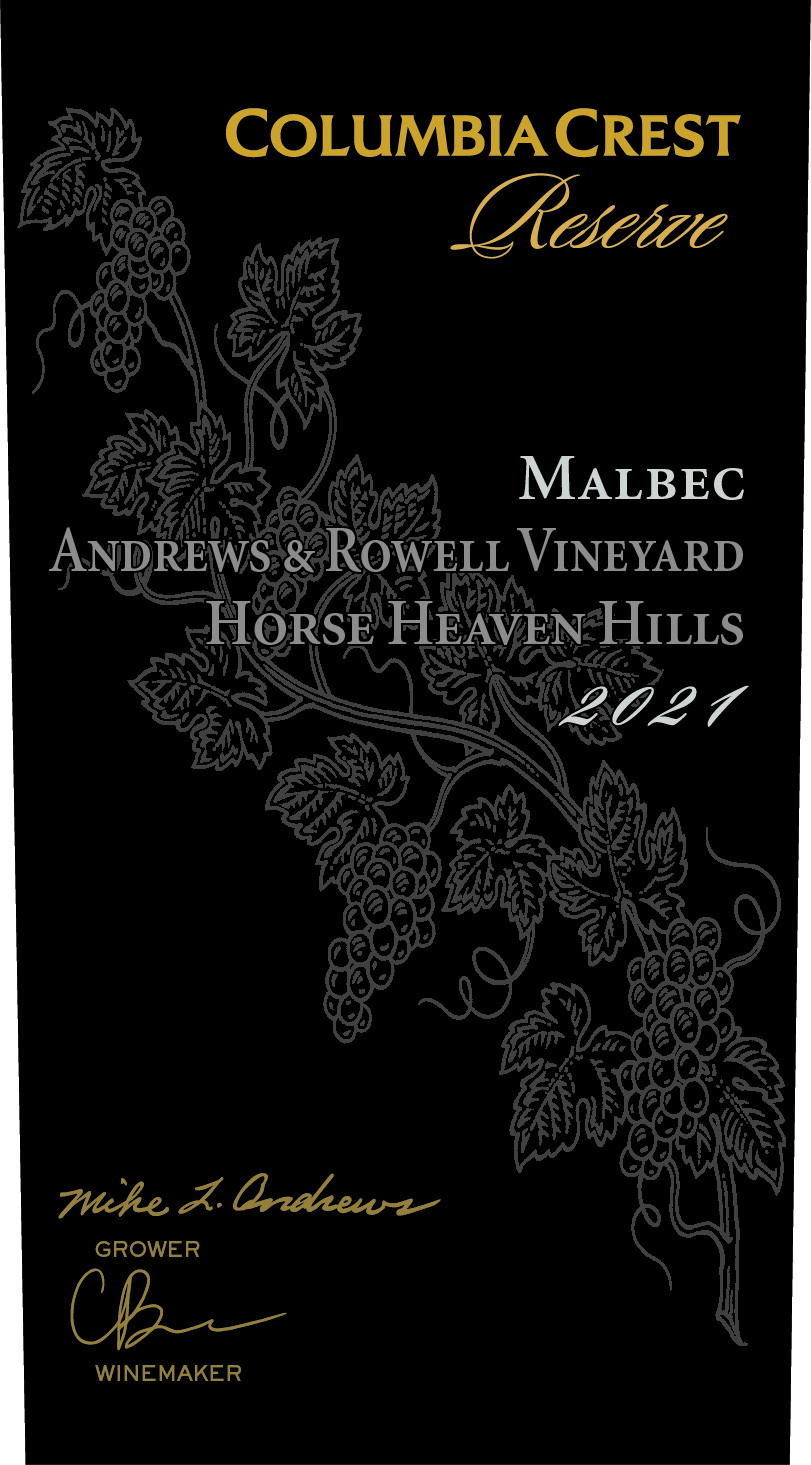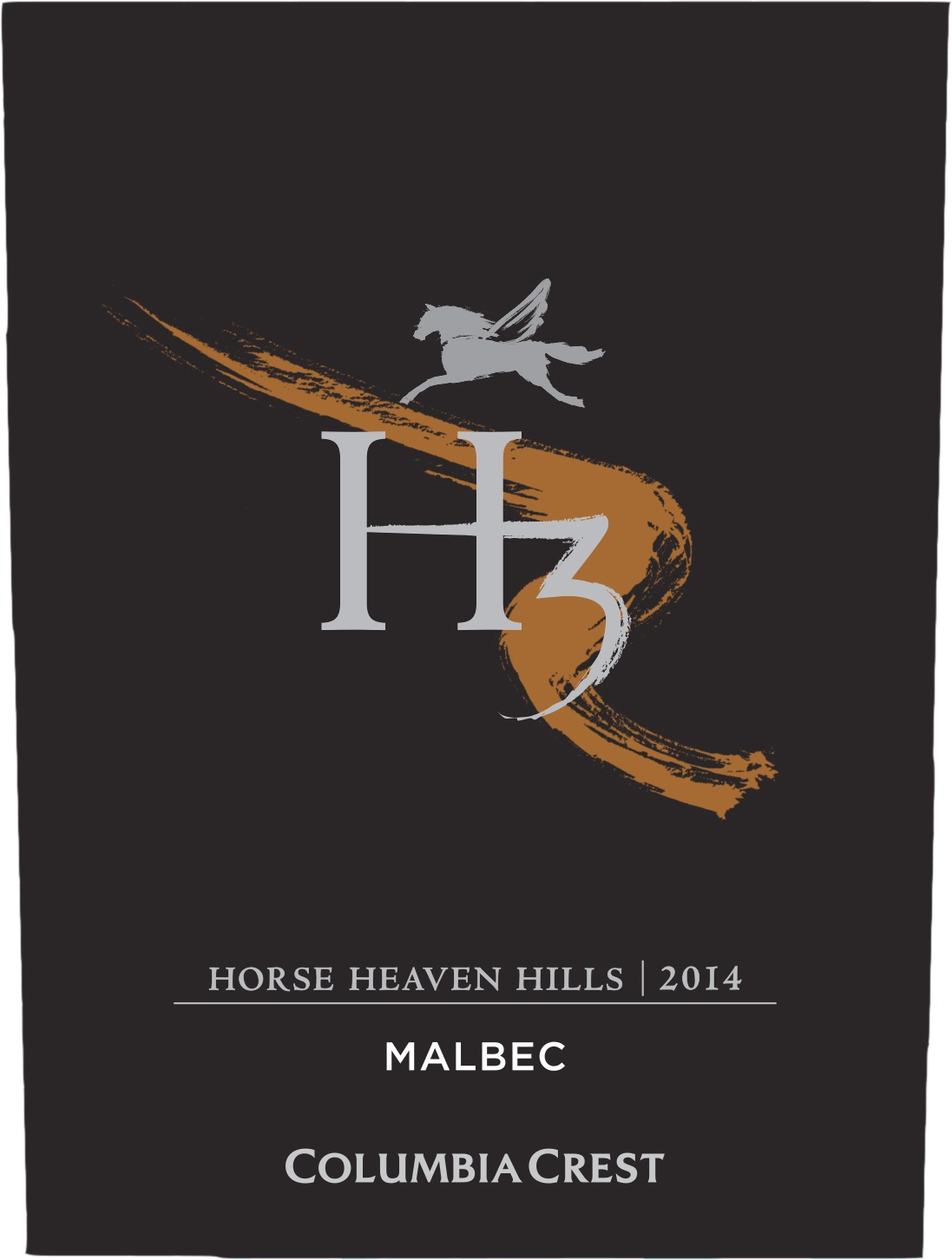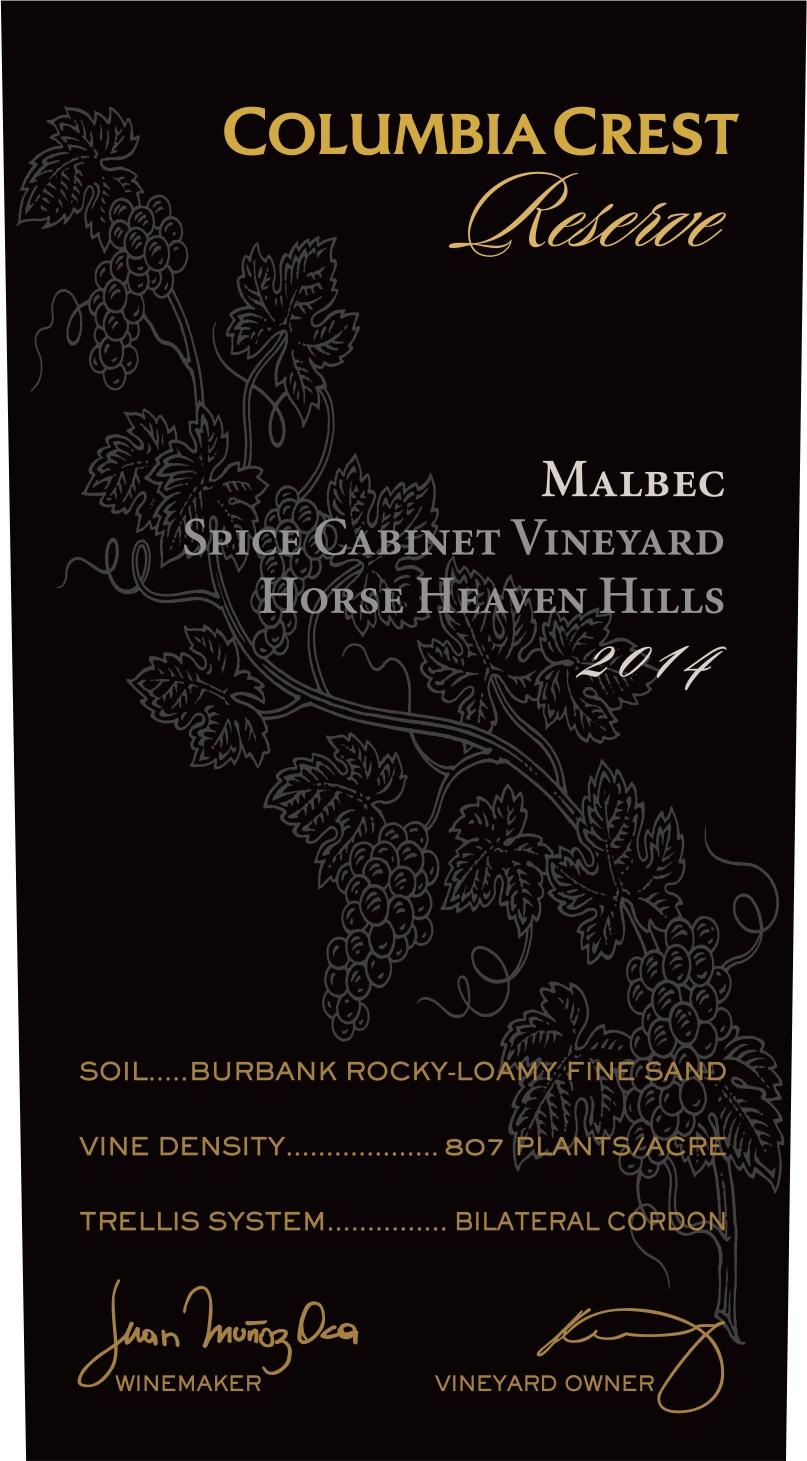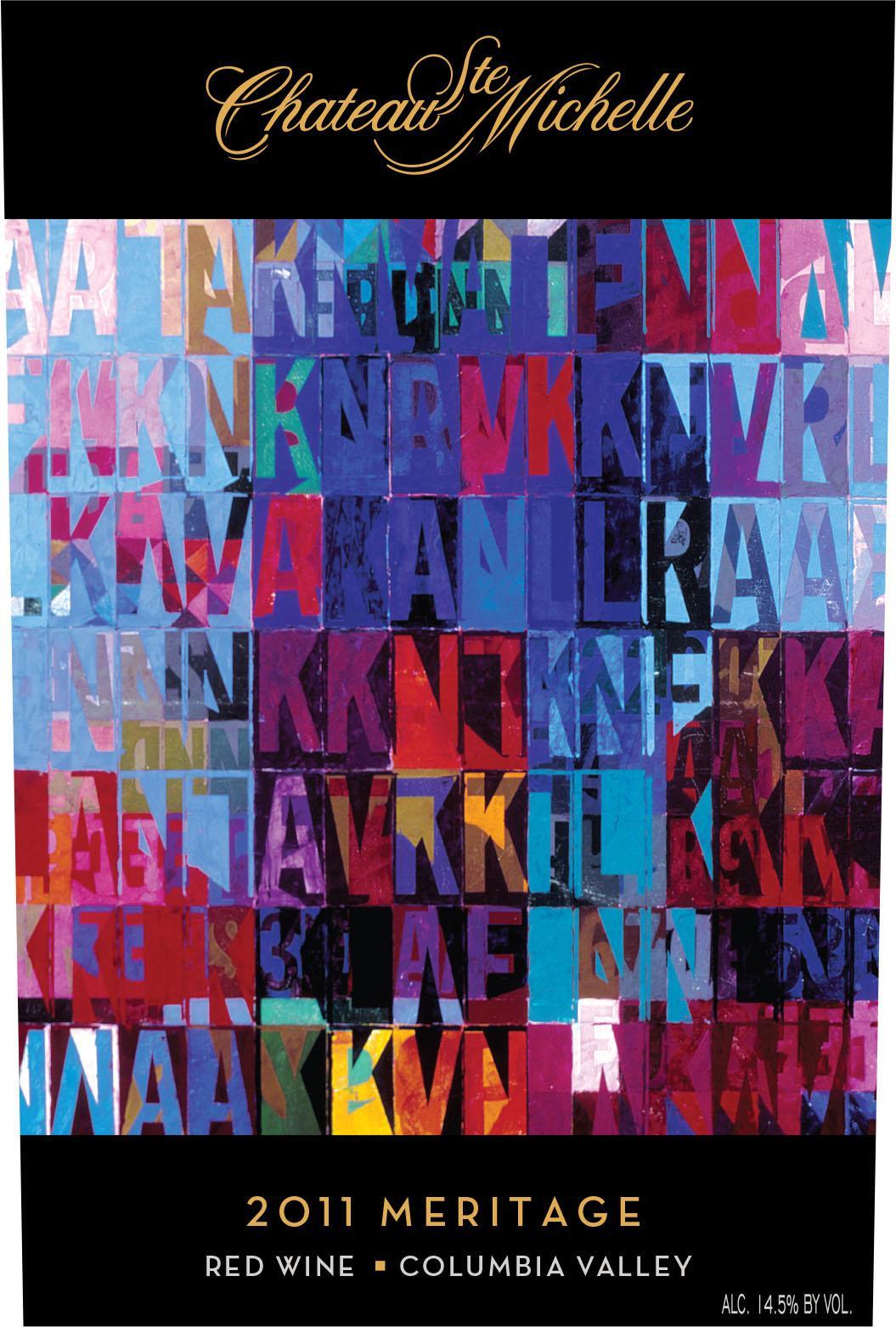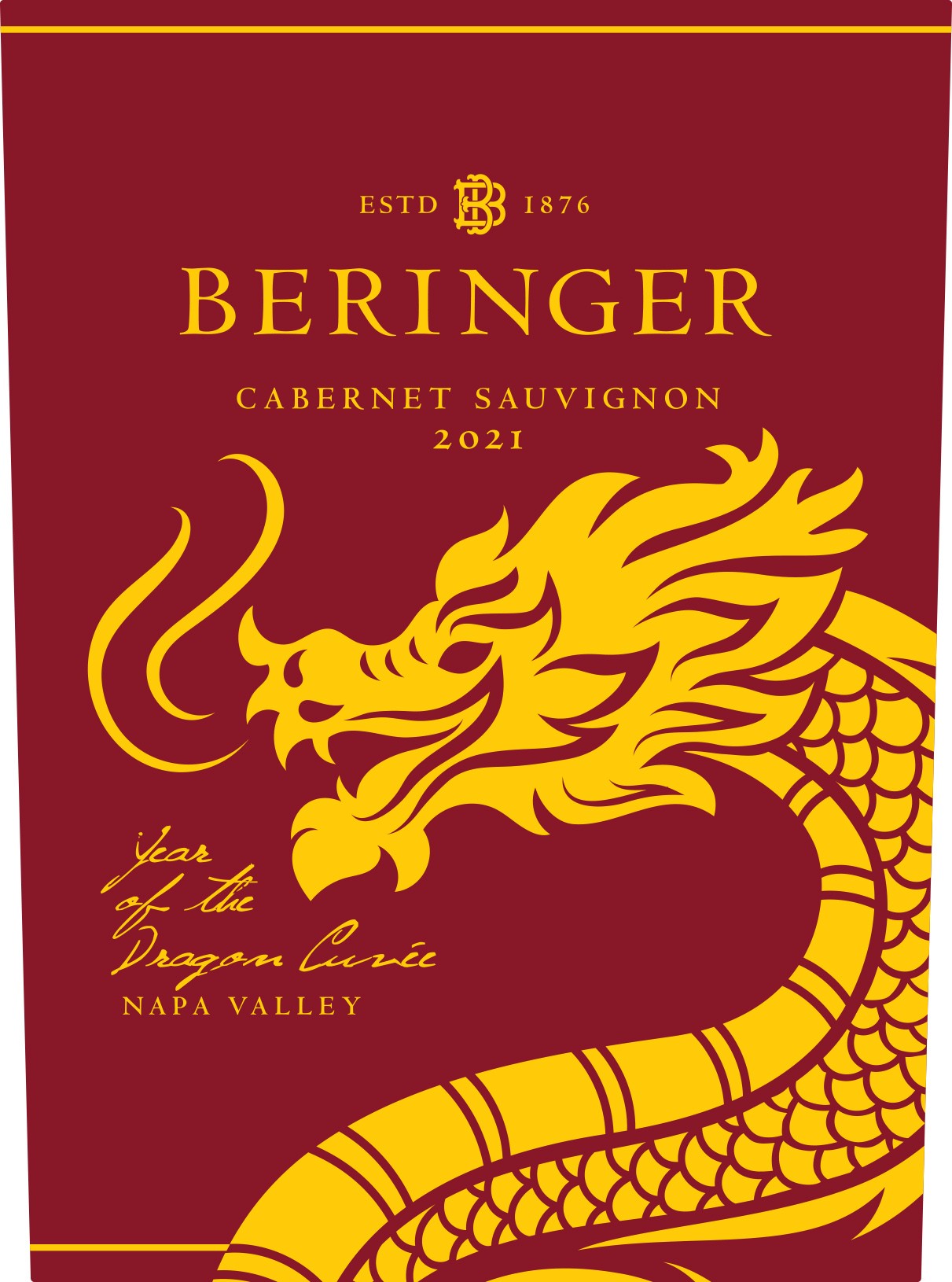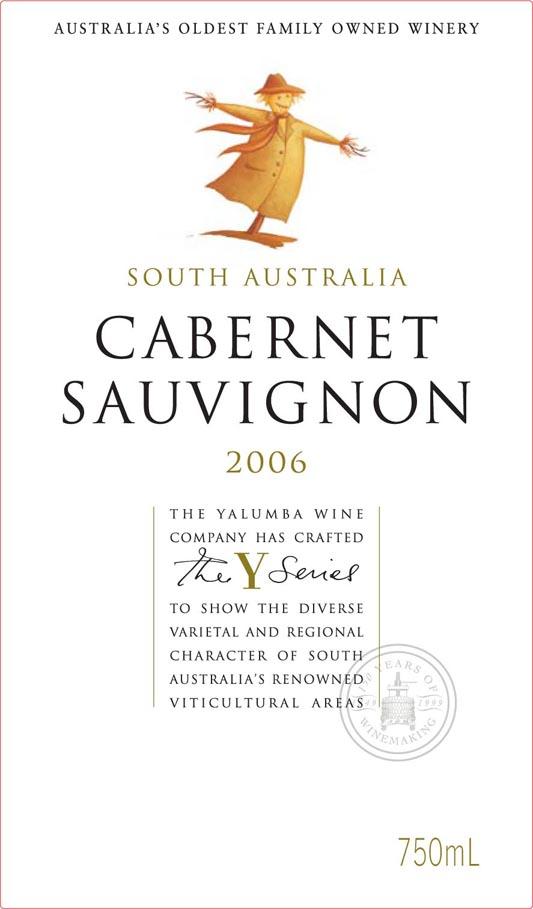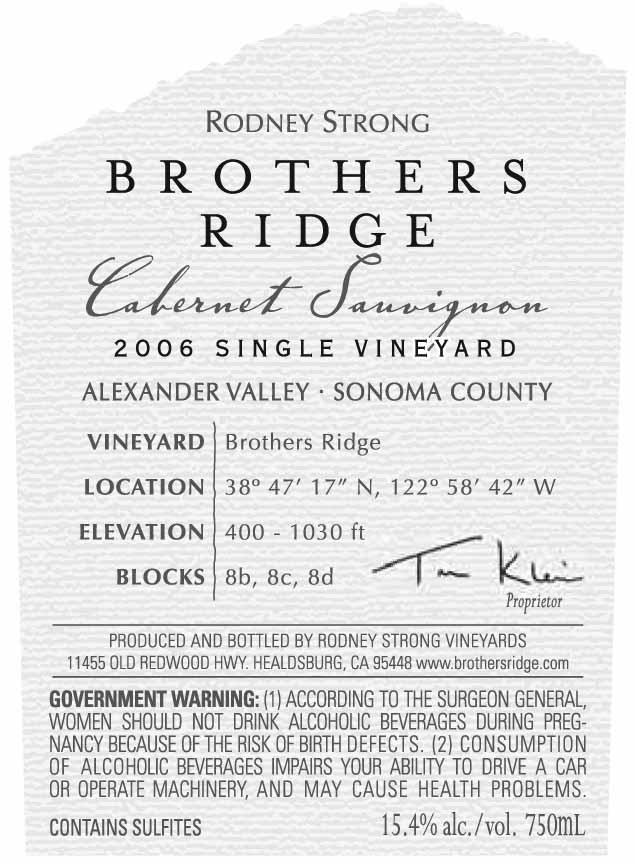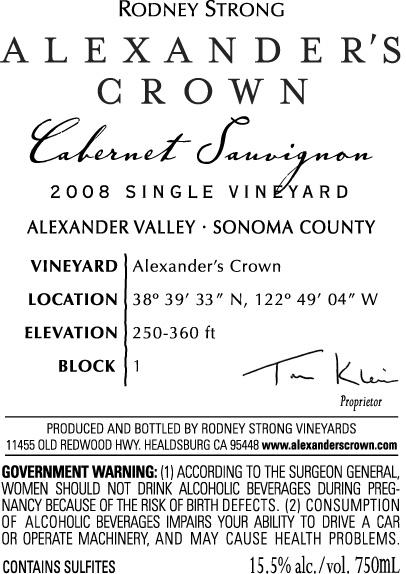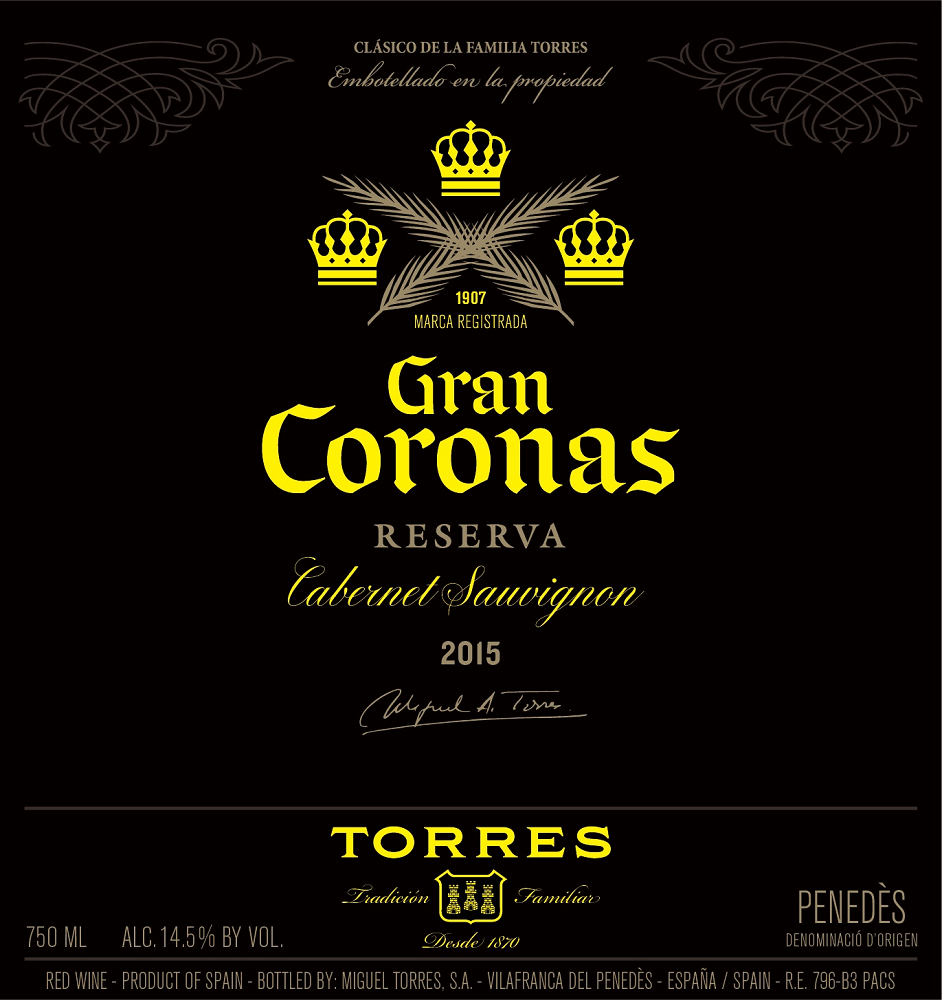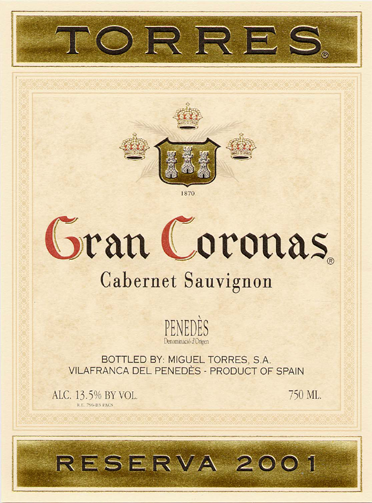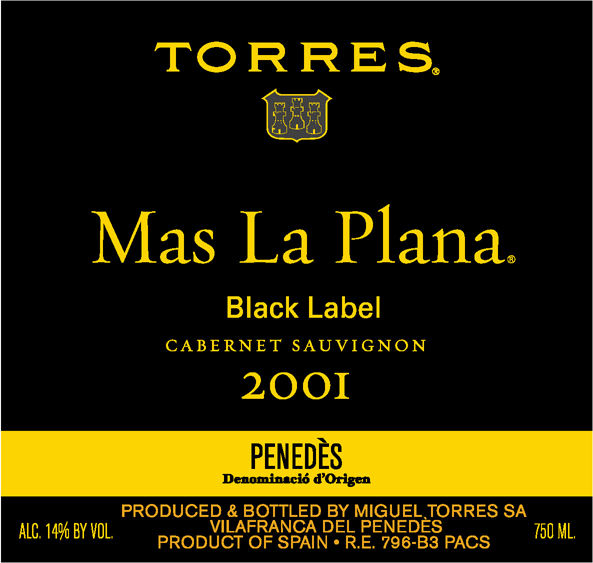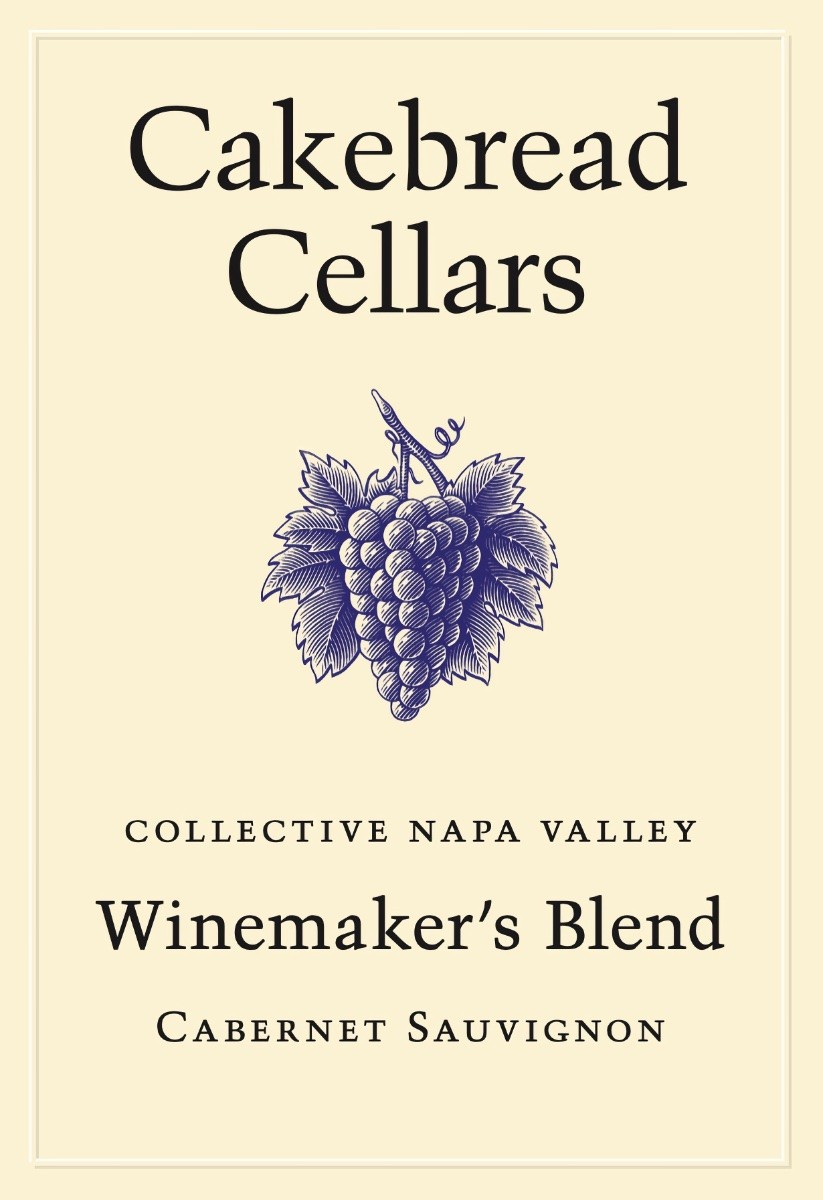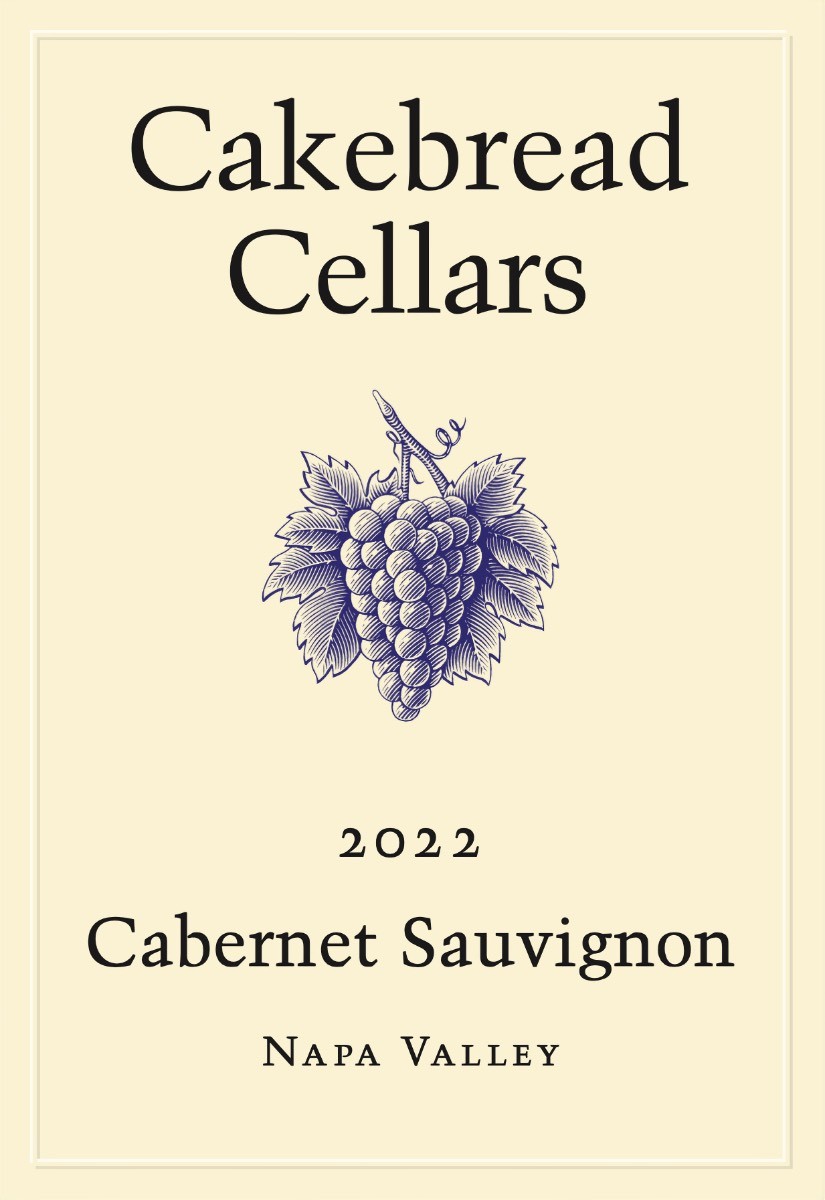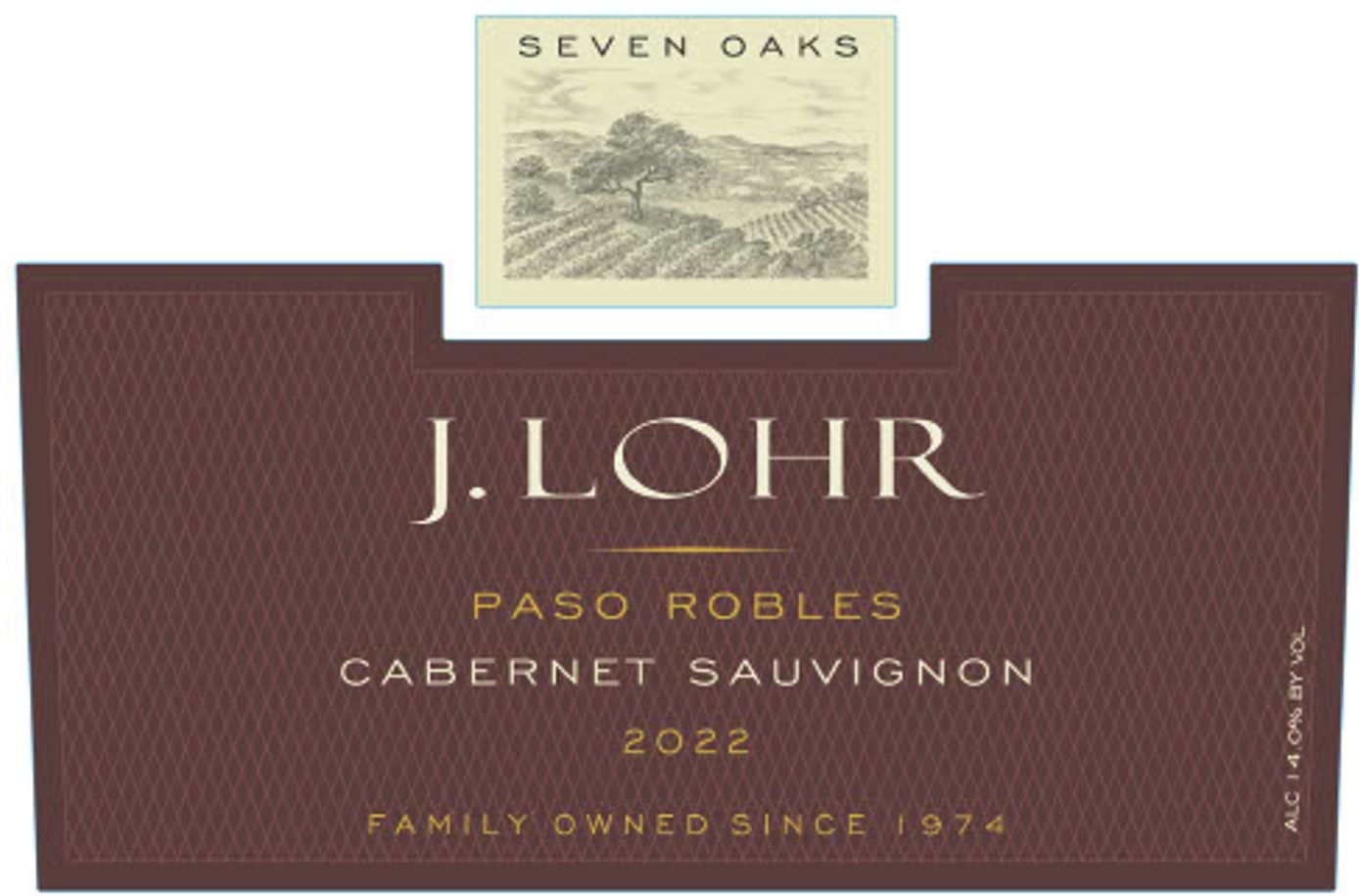Origins and Global Presence of Malbec and Cabernet Sauvignon
Malbec: From French Roots to Argentine Fame
Malbec began its story in the Lot Valley of southwest France, where it was once known as Côt or Auxerrois and played a starring role in the dark, tannic wines of Cahors. Though it was also used in Bordeaux blends, Malbec struggled there due to its sensitivity to frost and disease, which led to a decline in its plantings after a devastating frost in 1956.
The grape’s journey took a dramatic turn when it arrived in Argentina in the mid-1800s, where it found the sunny climate and high-altitude vineyards of Mendoza especially well-suited to its needs.
Today, Argentina is the undisputed leader in Malbec production, with Mendoza at the heart of the action. Here, Malbec shines in a range of styles, from plush and ripe in Luján de Cuyo to bright and floral in the higher-altitude Uco Valley. Other regions like Salta and Patagonia also offer unique expressions, shaped by their own climates and elevations. While Cahors in France continues to produce structured, earthy versions of Malbec, the grape’s global footprint now extends to Chile, the United States, Australia, and beyond—though none rival the impact or identity Malbec has found in its adopted Argentine home.
Cabernet Sauvignon: A Global Benchmark
Cabernet Sauvignon traces its origins to 17th-century Bordeaux, where it emerged as a natural cross between Cabernet Franc and Sauvignon Blanc. Its thick skins and ability to ripen in a variety of climates helped it become the backbone of Bordeaux’s famous red blends, especially on the gravelly soils of the Médoc. Over time, Cabernet Sauvignon’s reputation for structure, longevity, and depth of flavor made it a favorite among winemakers and collectors alike.
The grape’s adaptability has allowed it to flourish worldwide. Napa Valley in California has become almost as famous for Cabernet as Bordeaux itself, producing bold, opulent wines that compete on the world stage. In Australia, regions like Coonawarra and Margaret River offer their own distinctive takes, while Chile’s Maipo Valley is celebrated for its elegant, herbal-tinged examples. Cabernet Sauvignon is also a key player in Italy’s Super Tuscan blends, and can be found in vineyards from South Africa to New Zealand and even China. No matter where it is grown, Cabernet Sauvignon remains a global benchmark for quality and age-worthy red wine.







